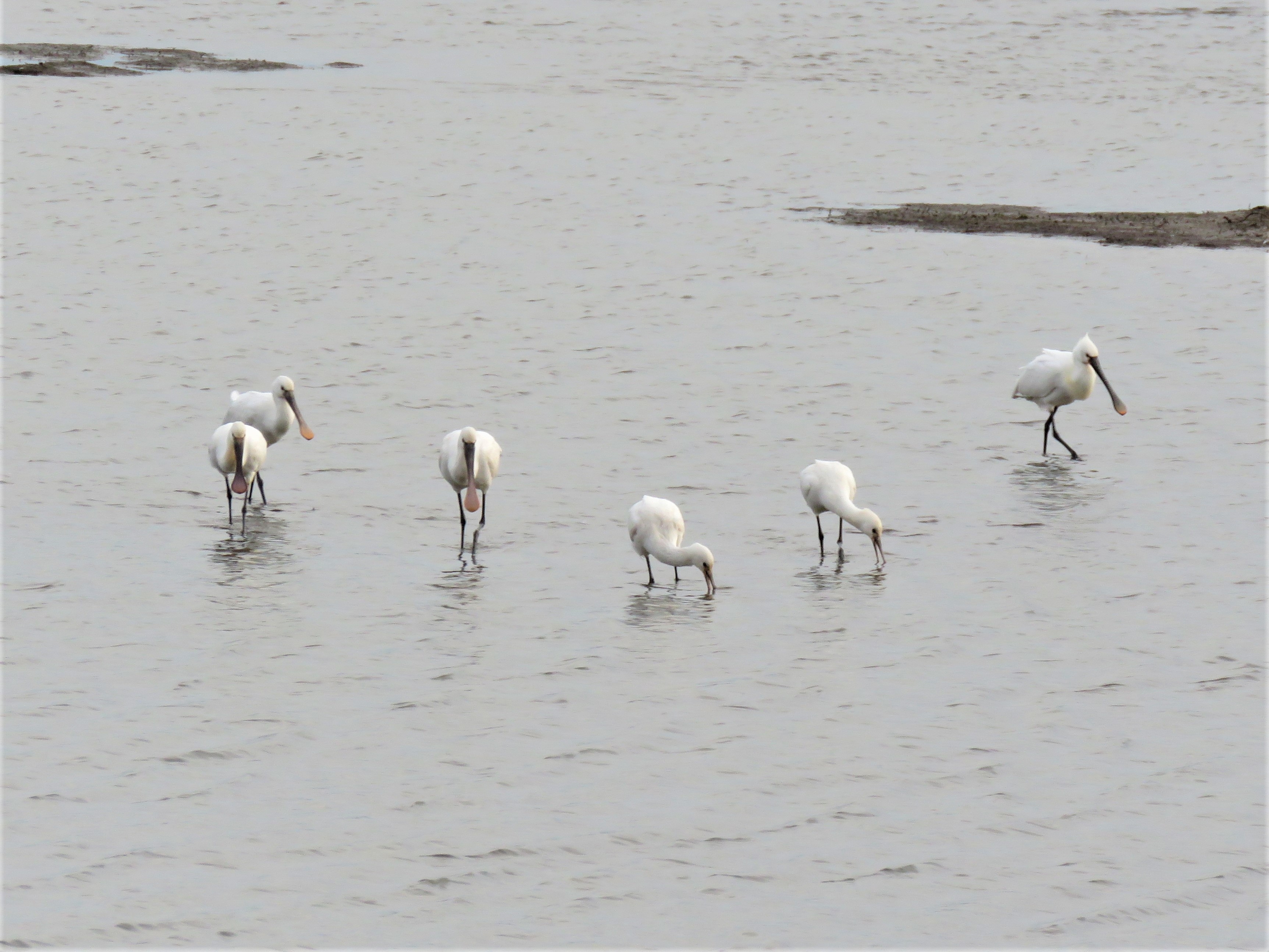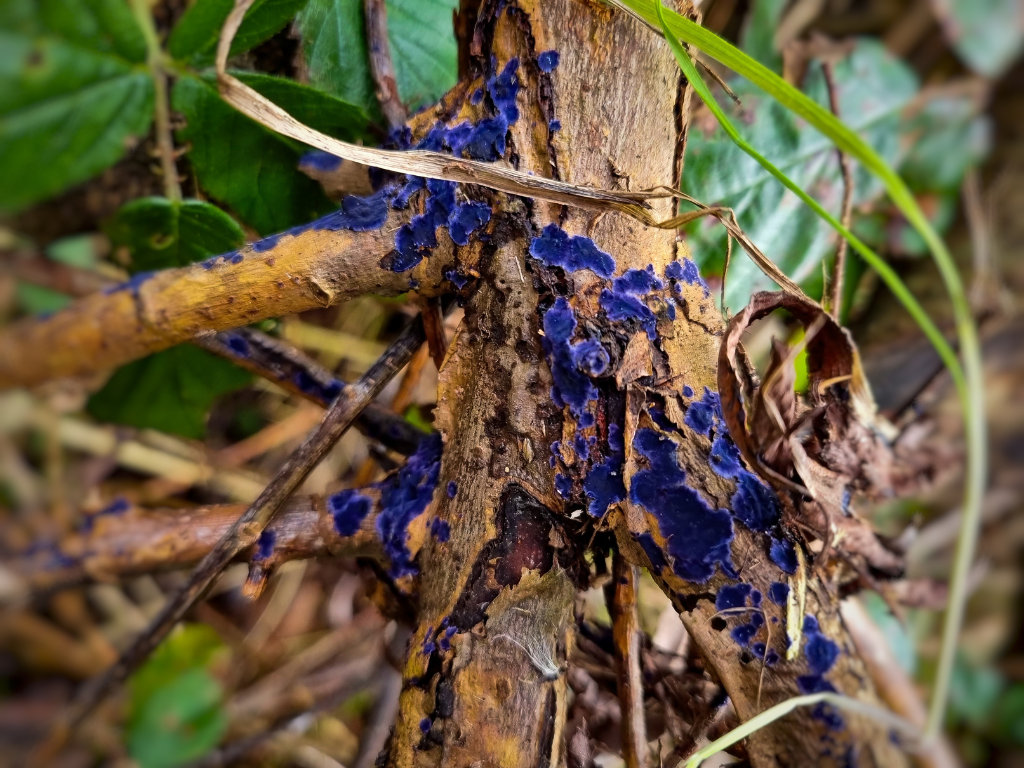Recent Sightings (18th-21st March)
Highlights: Spoonbills, butterflies, Slow Worms and nest-scraping Lapwings

British Steel Hide
There have been some nice flocks of waders on the scrapes recently with counts of 144 Knot, 248 Black-tailed Godwits, 5 Dunlin, 65 Redshank and 2 Greenshank. Some of our wintering ducks are still to be seen with 53 Wigeon, 25 Shoveler and 9 Teal recorded from the hide. Be on the look out for Spoonbills feeding on the lagoons, as up to 8 have been seen recently (including an adult with some crest feathers beginning to come through). Little Egrets, Greylag Geese, Buzzards and Sparrowhawks are all regularly seen from the hide. In the coming weeks we should start to see some returning spring migrants; Little Ringed Plover, Avocet, Garganey, Ruff and Whimbrel are all good possibilities.
Millennium Wetlands
It feels somewhat more spring-like out on the reserve now with the sounds of singing Chiffchaffs, and displaying Lapwings (and the lack of rain). Now is a great time to come and witness Lapwings nest scraping, mating and displaying in the wetlands with incredible close up views available from the viewing screens along the centre path of the reserve. It shouldn't be too long now until we have our first females laying eggs. A nice variety of wildfowl can still be found on the reserve with good numbers of Pochard, Shoveler, Tufted Ducks, Teal, Gadwall, Little Grebes and Coots. Mediterranean Gulls are becoming a regular sight from the Peter Scott Hide with a pair of adults showing interest in breeding amongst the Black-headed's, fingers crossed! A pair of Long-tailed Tits are building a nest in the brambles underneath the Heron's Wing Hide and can be seen busily bringing nest material back and forth to the nest site. Not too much longer now and the woodland and scrub will be filled with the songs of our summer migrants, in the coming week look and listen out for Willow Warblers, Blackcaps, Swallows and Sand Martins as they begin to return to the wetlands once more.
Slow Worms are having their first venture out of the year and can be seen on sunny mornings in sheltered, sunny areas, as they bask in the spring sunshine. Brimstone butterflies and Small Tortoiseshells have been seen on the reserve, again, in sheltered, sunny areas.



